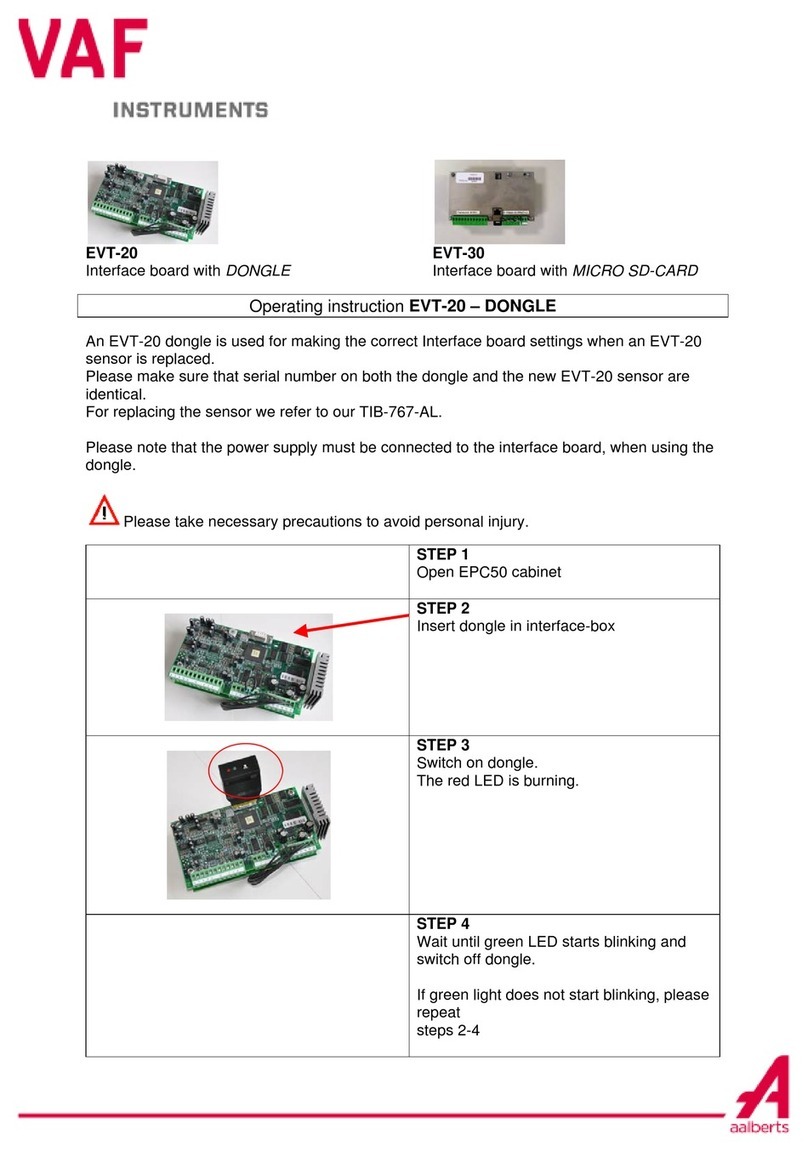1
TABLE OF CONTENTS
1. PREFACE......................................................................................3
1.1 General........................................................................................................3
1.2 Symbols.......................................................................................................3
1.3 Copyright......................................................................................................3
2. SYSTEM DESCRIPTION...............................................................4
2.1 PEM4 Propulsion Efficiency Monitoring System ..........................................4
2.2 System security............................................................................................4
3. TECHNICAL SPECIFICATIONS ....................................................5
4. SAFETY INSTRUCTIONS..............................................................7
5. UNPACKING..................................................................................7
6. INSTALLATION AND FIRST USE..................................................7
6.1 Record PEM4 + SPU3 system data.............................................................8
6.2 Installation diagrams of the PEM4 + SPU3 system......................................9
6.3 Installation instruction of the PEM4 + SPU3 system..................................10
6.4 Configuration and connection of the SPU3................................................11
6.5 Cable specifications...................................................................................12
6.6 Modbus input for T-Sense®and TT-Sense®...............................................13
6.7 Analogue input for torque-, speed- and power...........................................13
6.8 Analogue or Modbus input for shaft generator...........................................14
6.9 Analogue or Modbus input for auxiliary power...........................................15
6.10 Analogue input for ViscoSense®3D –Density, temp. and Viscosity........15
6.11 Modbus output to external system ..........................................................16
6.12 Modbus connections...............................................................................17
7. OPERATING PRINCIPLES..........................................................18
7.1 General......................................................................................................18
7.2 Displayed parameter and engineering units...............................................18
7.3 Explanation of parameters.........................................................................19
7.3.1 Shaft torque ......................................................................................19
7.3.2 Shaft speed.......................................................................................19
7.3.3 Shaft power.......................................................................................19
7.3.4 Shaft thrust (option)...........................................................................19
7.3.5 Shaft generator (option) ....................................................................19
7.3.6 Fuel oil consumption.........................................................................19
7.3.7 Fuel oil temperature..........................................................................19
7.3.8 Speed over ground (SOG) via NMEA0183 .......................................20
7.3.9 Speed through water (STW) via NMEA0183.....................................20
7.3.10 Speed through water (STW) via pulse signal from speed log ...........20
7.3.11 Density..............................................................................................20
7.3.12 Draft..................................................................................................20
7.3.13 Inclino................................................................................................20
7.4 How to operate...........................................................................................21
7.5 Explanation of the menus...........................................................................22
7.5.1 Operating menus...............................................................................22
7.5.2 Settings menu Users.........................................................................24
7.5.3 Settings menu Advanced..................................................................24
7.6 Explanation of the menus...........................................................................25
7.6.1 Home menu ......................................................................................25
7.6.2 Engine menu.....................................................................................26
7.6.3 Propulsion menu...............................................................................31




























